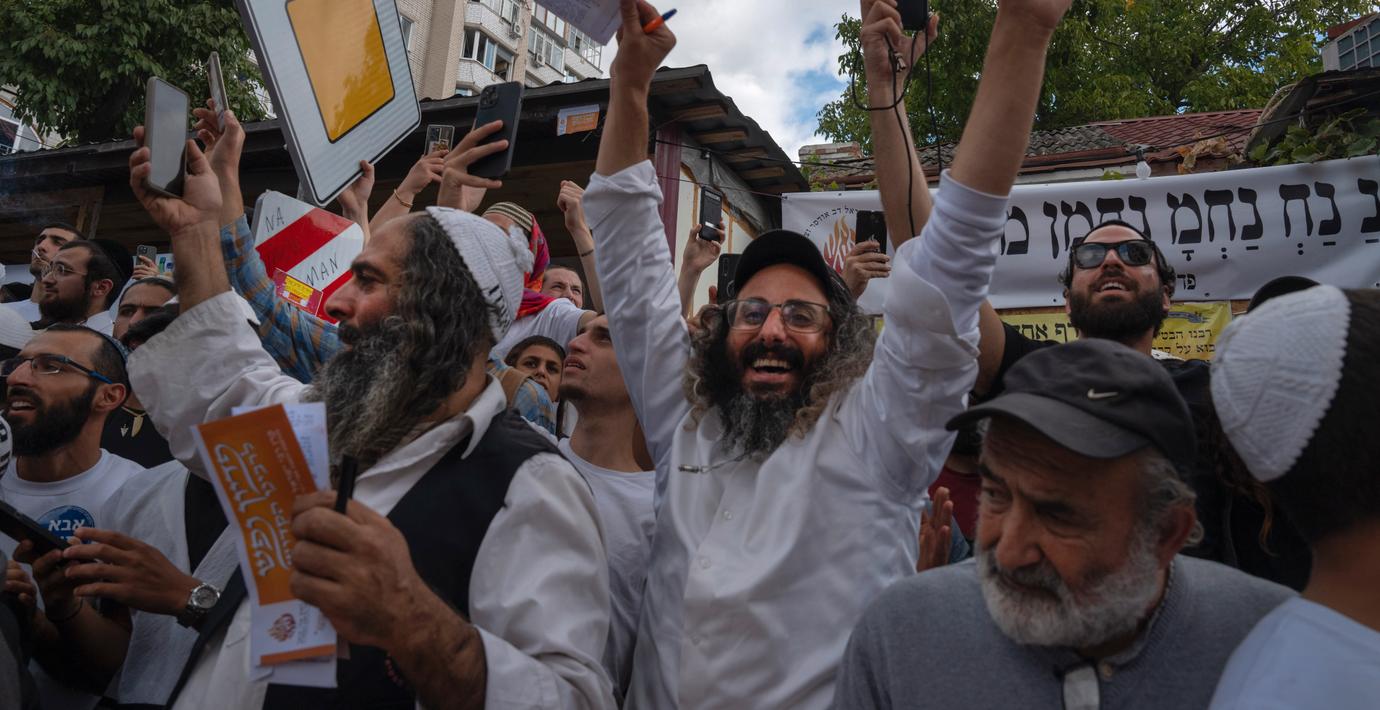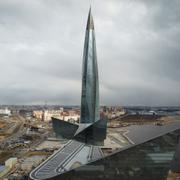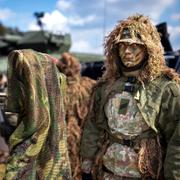
Tusentals pilgrimer i Ukraina: ”Inget krig stoppar oss”
Tusentals ortodoxa judar har i helgen samlats i den ukrainska staden Uman för att fira det judiska nyåret rosh hashana, rapporterar AFP.
Troende från hela världen har vallfärdat till staden i över 200 år för att hedra rabbin Nachman av Breslov som begravdes i Uman efter sin död 1810.
Med anledning av Rysslands invasion av Ukraina har pilgrimerna de senaste två åren avråtts från resan. Trots detta beräknas omkring 30 000 människor ha samlats i Uman.
– Vår familj har rest till Uman i över hundra år, och inget krig kan stoppa oss, säger Joseph Libermensch som rest till platsen från Jerusalem.
bakgrund
Rosh Hashanah
Wikipedia (en)
Rosh HaShanah (Hebrew: רֹאשׁ הַשָּׁנָה, Rōʾš hašŠānā, literally "head of the year") is the Jewish New Year. The biblical name for this holiday is Yom Teruah (יוֹם תְּרוּעָה, Yōm Tərūʿā, lit. "day of shouting/blasting"). It is the first of the Jewish High Holy Days (יָמִים נוֹרָאִים, Yāmīm Nōrāʾīm, "Days of Awe"), as specified by Leviticus 23:23–25, that occur in the late summer/early autumn of the Northern Hemisphere. Rosh Hashanah begins a ten-day period of penitence culminating in Yom Kippur, as well as beginning the cycle of autumnal religious festivals running through Sukkot and ending in Shemini Atzeret in Israel and in Simchat Torah everywhere else.
Rosh Hashanah is a two-day observance and celebration that begins on the first day of Tishrei, which is the seventh month of the ecclesiastical year. In contrast to the ecclesiastical lunar new year on the first day of the first month Nisan, the spring Passover month which marks Israel's exodus from Egypt, Rosh Hashanah marks the beginning of the civil year, according to the teachings of Judaism, and is the traditional anniversary of the creation of Adam and Eve, the first man and woman according to the Hebrew Bible, as well as the initiation of humanity's role in God's world.
Rosh Hashanah customs include sounding the shofar (a hollowed-out ram's horn), as prescribed in the Torah, following the prescription of the Hebrew Bible to "raise a noise" on Yom Teruah. Its rabbinical customs include attending synagogue services and reciting special liturgy about teshuva, as well as enjoying festive meals. Eating symbolic foods, such as apples dipped in honey, hoping to evoke a sweet new year, is an ancient tradition recorded in the Talmud.
bakgrund
Nachman av Breslov
Wikipedia (sv)
Nachman av Breslov (Rebbe Nachman Breslover) (hebreiska נחמן מברסלב ), född 4 april 1772 i Lillryssland (i dagens Ukraina), död 16 oktober 1810, var en framstående och betydande rabbin inom chasidismen. Han ägnade sig åt djupare studier inom judisk mysticism, däribland kabbala. Nachman kom från Medzhybizh och etablerade sig i Breslov under sista tiden av sitt liv, därav hans namn. Breslov har ofta blivit felöversatt till Bratislava i texterna om rabbin Nachman. Rabbin Nachman grundade en egen inriktning inom chasidismen, den så kallade Breslovdynastin. Han var barnbarnsbarn till Baal Shem Tov, som grundade chasidismen.
Omni är politiskt obundna och oberoende. Vi strävar efter att ge fler perspektiv på nyheterna. Har du frågor eller synpunkter kring vår rapportering? Kontakta redaktionen



